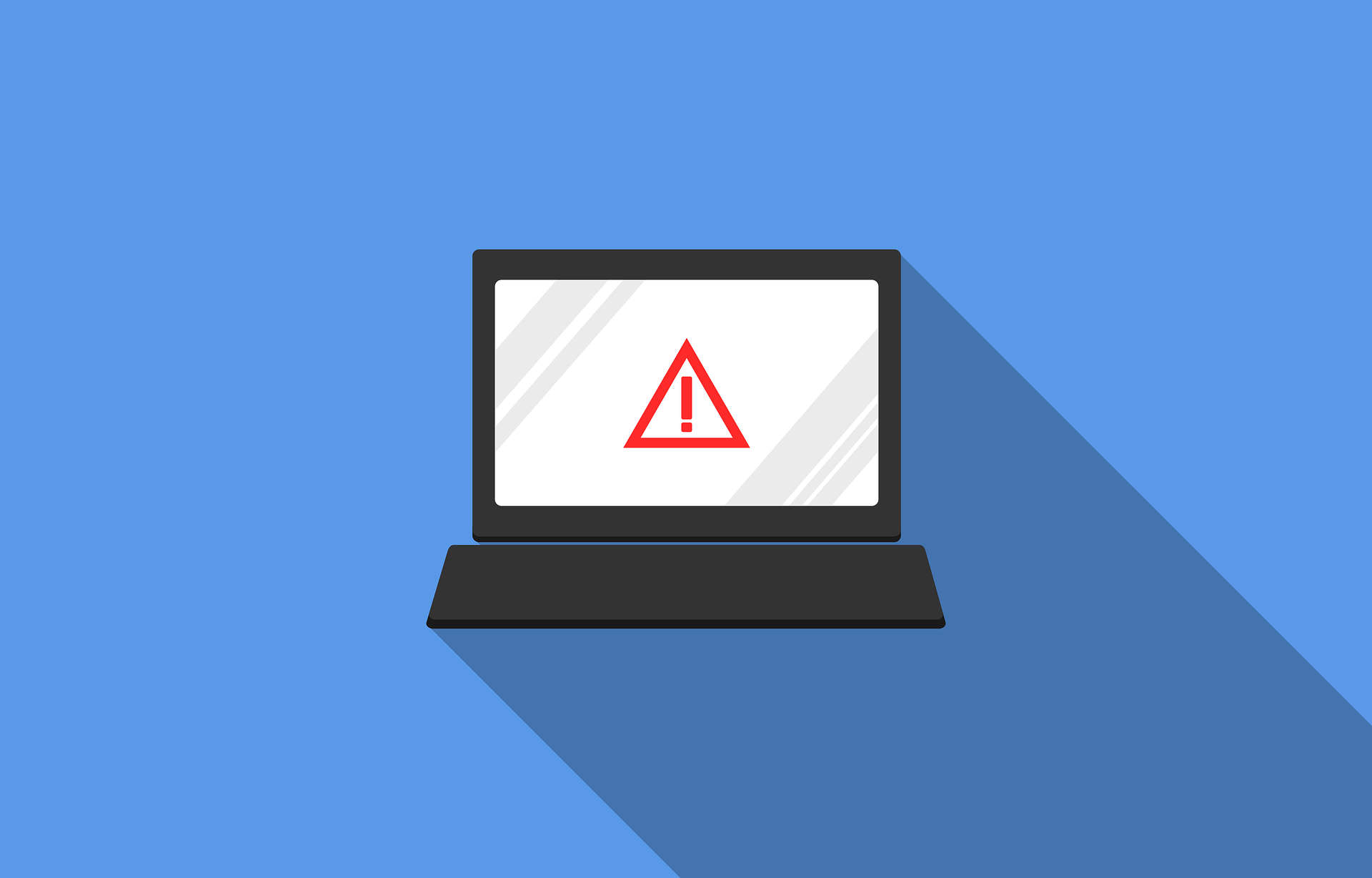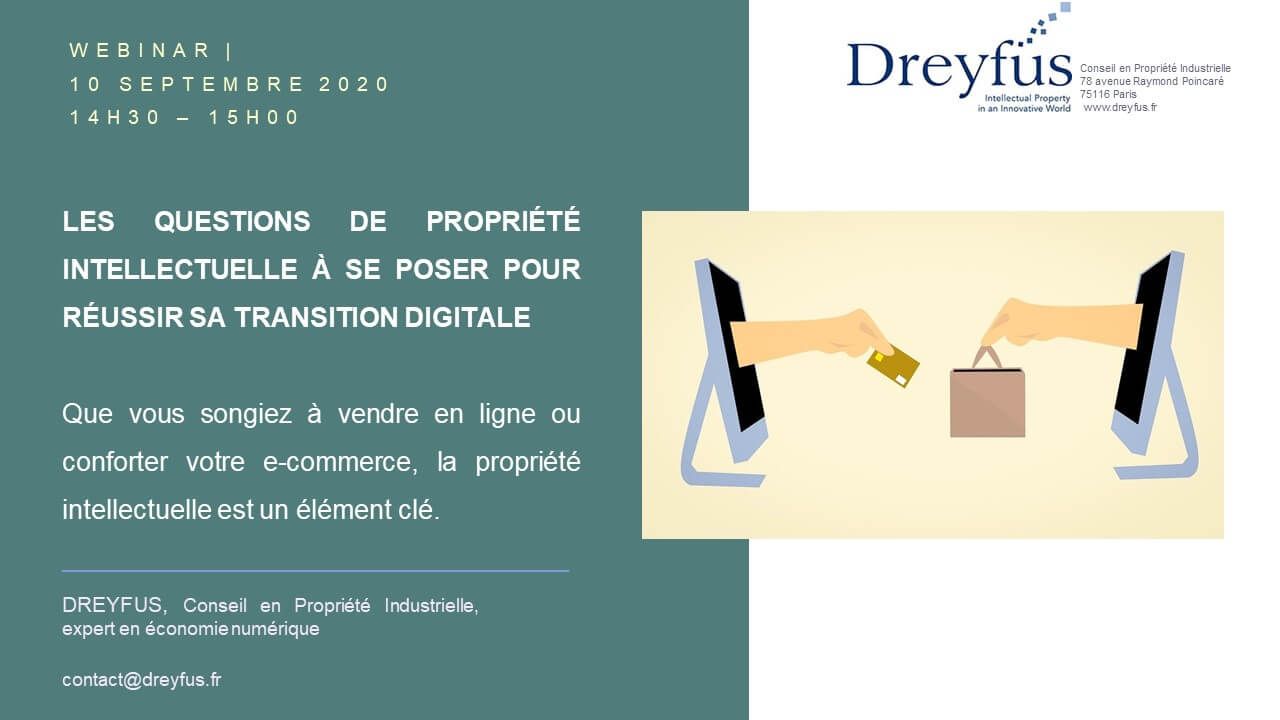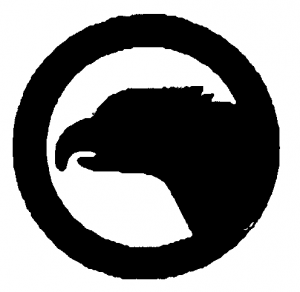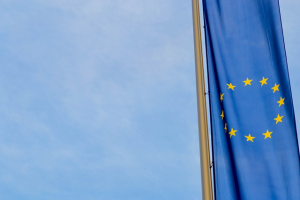The current reputation of the trademark is not sufficient to prove bad faith registration of an old domain name

The Bioderma brand has a world-wide reputation but was this reputation already established in Romania at the beginning of the years 2000? The Bioderm Medical Center, a clinic based in Romania, answers no to this question.
NAOS, owner of the Bioderma trademark, has detected the registration by the Centre Médical Bioderm of a domain name reproducing its trademark, namely <bioderma.ro>. However, said domain name is quite old as it has been registered on February 24, 2005.
On September 4, 2020, NAOS filed a complaint with the WIPO Arbitration and Mediation Center to obtain the transfer of this domain name. This complaint is based on an International trademark Bioderma, protected in Romania since 1997.
Nonetheless, the defendant claims to have used the sign Bioderma as its business name for several years, hence the registration of the domain name <bioderma.ro> and the subsequent change of its coporate name.
The expert in charge of the case is particularly thorough in its assessing whether the defendant has the legitimate interest and rights in the disputed domain name or not.
He considers that even if the latter produced a Kbis extract showing that its commercial name, in 2003, was indeed Bioderma, it is insufficient to prove a legitimate interest or rights on the domain name. The defendant should have brought evidence that it was commonly known by the Bioderma name.
The expert also notes that the disputed domain name resolves to an inactive web page and therefore concludes that there was nobona fide use of the name in connection with an offer of goods and services and no legitimate non-commercial use of the name.
It is however on the ground of bad faith that the expert finally decides in favour of Bioderm Medical Center.
The latter notes that the International registration of the applicant’s Bioderma trademark is several years older than the disputed domain name and that this trademark is currently renowned. However, the evidence brought by the applicant are deemed insufficient to demonstrate the possible or actual knowledge of this trademark by the defendant in 2005, at the time of registration of the disputed domain name.
Indeed, although the earlier mark was established in the 70’s in France and was first registered in Romania in 1997, the first subsidiary of the applicant, established in Italy, only opened in 2001: the true starting point of the brand’s internationalization.
Yet, the defendant founded the company in 2003 and carried on its business under the name Bioderma until 2008.
From there, it is not possible to establish that it had targeted the company or its trademark to mislead or confuse Internet users. Moreover, the defendant did not conceal its identity and responded to the complaint, which shows good faith.
This decision is a reminder that it is essential to place oneself at the time of domain name registration in order to assess the aim of the registrant. Even if the prior trademark enjoys a world-wide reputation on the day of the complaint, the dive into the past is inevitable: it must be determined whether the defendant, located in a certain country, had knowledge of the rights or reputation of the trademark. In this case, the expert took into account, among other things, that the defendant used the commercial name “Bioderma” in 2005. Therefore, it is essential to investigate on the registrant and their situation at the time of registration of the domain name, here particularly old. To that end, seeking legal advice from an IP lawyer specialized in UDRP procedures is strongly recommended.
Dreyfus can assist you in the management of your trademarks portfolios in all countries of the world. Please feel free to contact us.



 Since the advent of the General Data Protection Regulations (GDPR), it has become really difficult to obtain information about the registrant of a domain name. This obviously complicates the dialogue between trademark and domain name holders.
Since the advent of the General Data Protection Regulations (GDPR), it has become really difficult to obtain information about the registrant of a domain name. This obviously complicates the dialogue between trademark and domain name holders.


 Webinar September 10, 2020 :
Webinar September 10, 2020 :


 The judges of the Paris Court of Appeal, ruling on a referral from the Court of Cassation, adopted a strict approach to similarities between a figurative trademark and a later , semi-figurative trademark in a dispute between two companies specialized in ready-to-wear clothing.
The judges of the Paris Court of Appeal, ruling on a referral from the Court of Cassation, adopted a strict approach to similarities between a figurative trademark and a later , semi-figurative trademark in a dispute between two companies specialized in ready-to-wear clothing. the sign, in particular for clothing products.
the sign, in particular for clothing products.

 CJEU – September 5, 2019
CJEU – September 5, 2019
 The whole world’s been in slow motion since the Covid-19 virus spread. Thus, state governments are doing their best to maintain the continuity of the administration despite the implementation of containment measures,. Since an ordinance of March 16, the offices have decided to extend procedural deadlines that expired during this period of health crisis.
The whole world’s been in slow motion since the Covid-19 virus spread. Thus, state governments are doing their best to maintain the continuity of the administration despite the implementation of containment measures,. Since an ordinance of March 16, the offices have decided to extend procedural deadlines that expired during this period of health crisis.